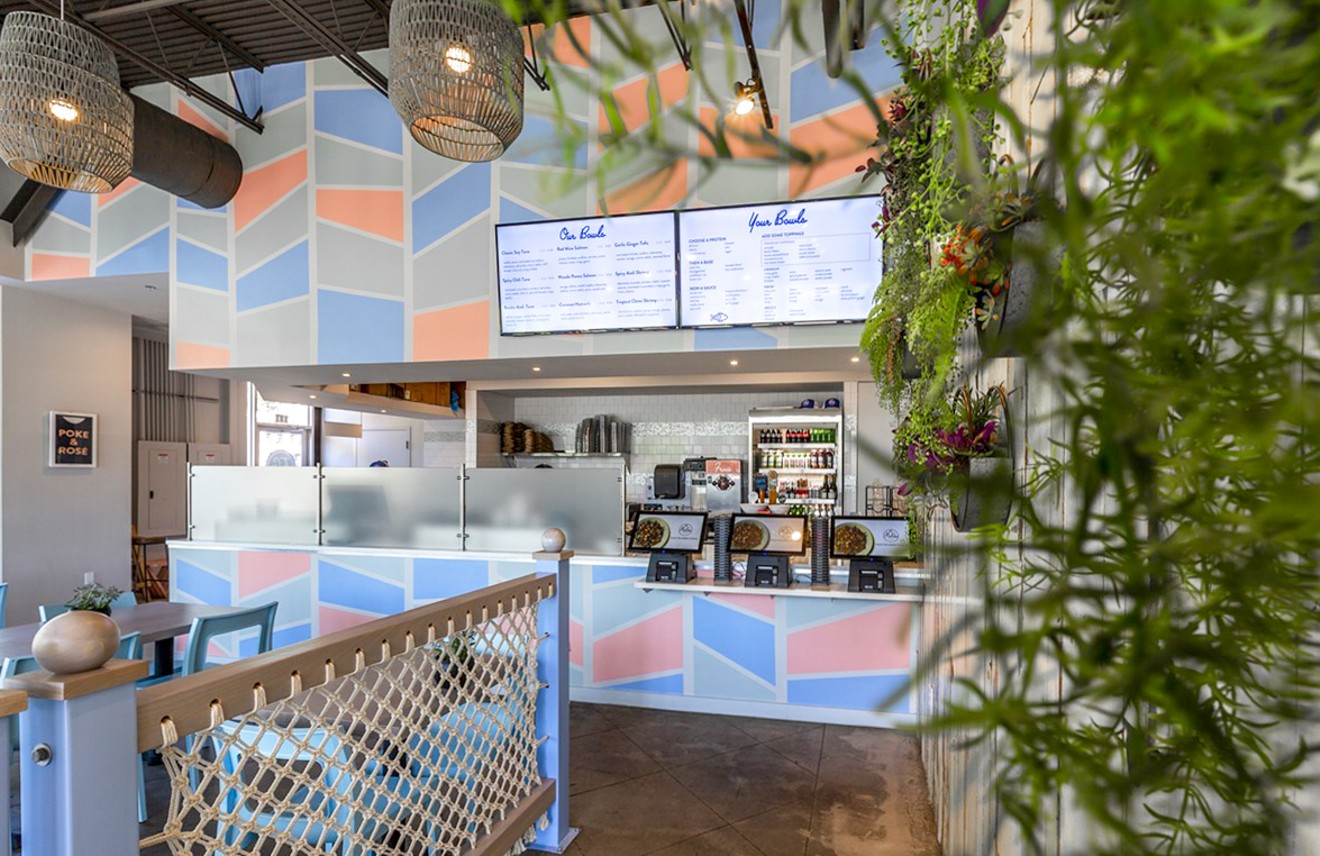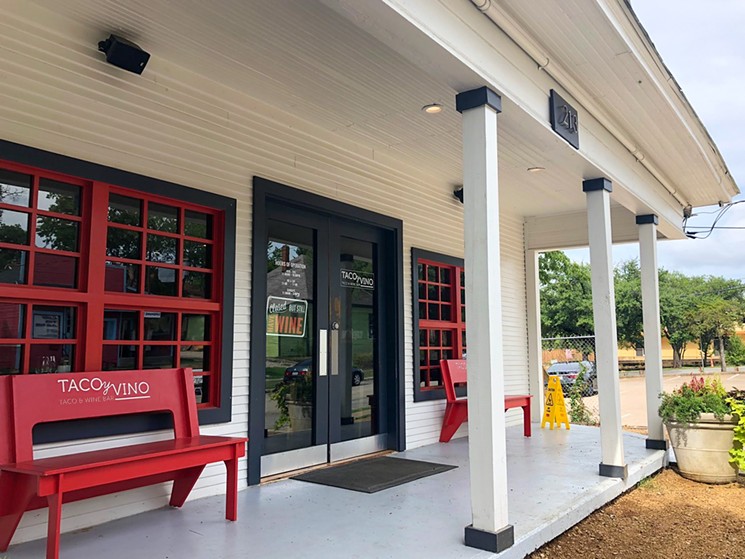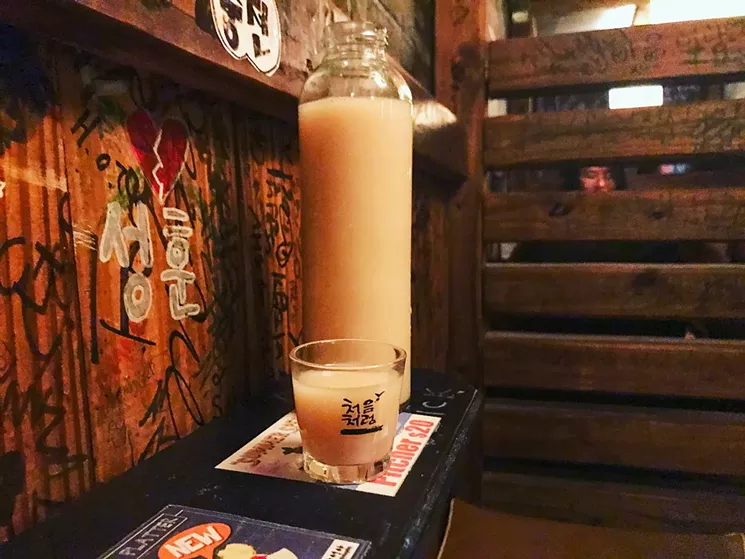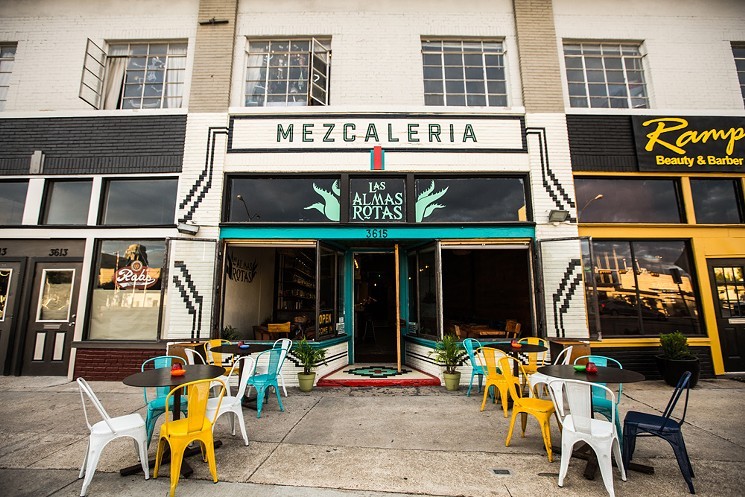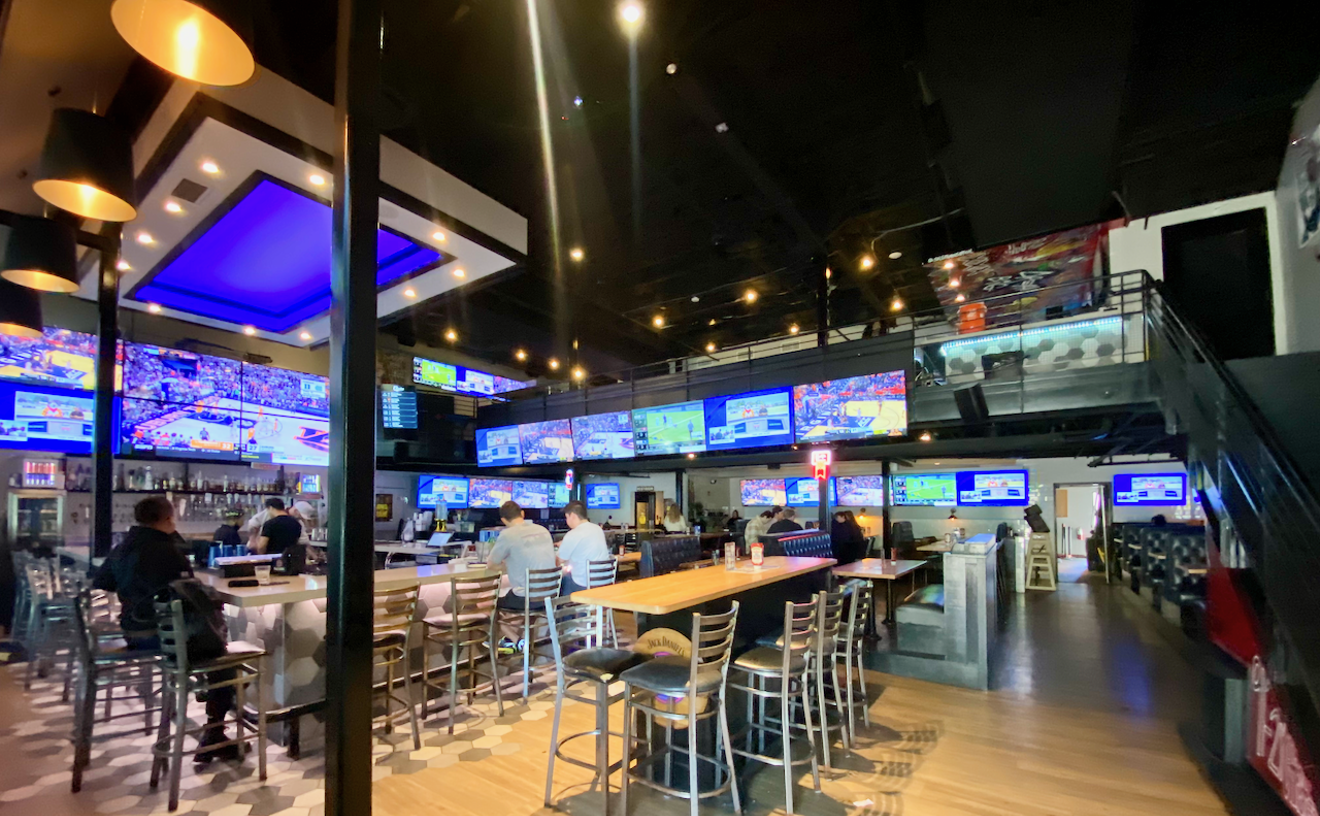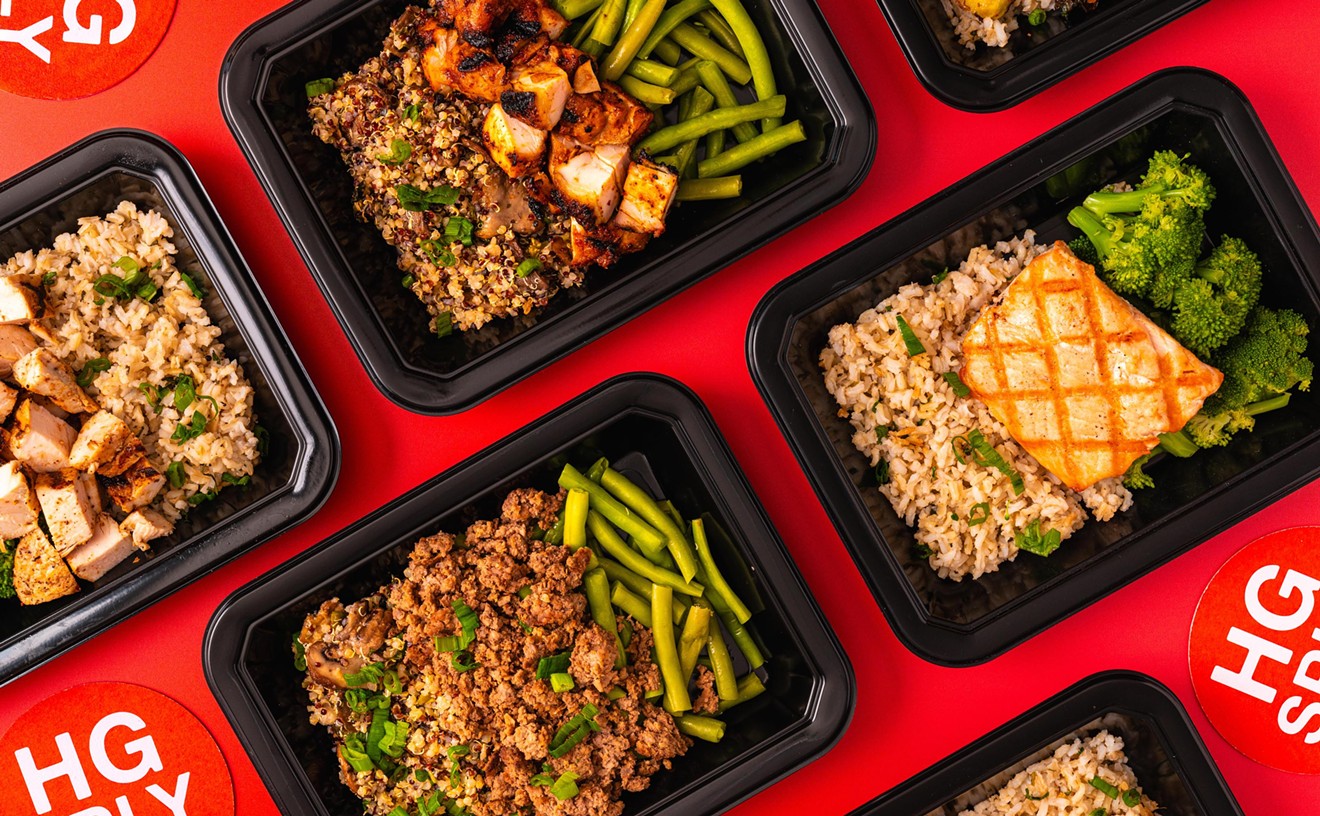Although coronavirus appears to be at or near its peak in Dallas County, some public figures are already looking ahead to the next big question: How should society reopen?
Proposals to reboot the restaurant industry include a popular suggestion mentioned by Dallas City Council member David Blewett in a recent Dallas Morning News opinion column: “Maybe we open our restaurants and bars at 50% of occupancy or for limited hours.”
The 50% occupancy suggestion has made the rounds elsewhere, as have proposals that restaurants reduce the number of tables or require customers to keep safe distances from each other.
But while Blewett and others are watching out for diners who want to return to restaurants, owners and operators have more complicated ideas about the reduced-capacity proposal, ranging from openness to hostility.
I asked four Dallas-area restaurant and bar owners about their thinking on the question of how to reopen and got a variety of replies. Here are answers from Jon Alexis, owner of TJ’s Seafood and Malibu Poke; Jimmy Contreras, owner of Taco y Vino; James Phan, owner of DanSungSa in Dallas’ Old Korea Town; and Taylor Samuels, one of the owners of the mezcal bar Las Almas Rotas.
If the authorities permit a partial reopening, with social distancing rules and seating limits, how does that affect the math of running your restaurant? Would that help the business survive?
Contreras: It doesn’t add up. No one is going to let us pay half electricity. We don’t get to pay half anything. The math doesn’t add up.
We haven’t put too much thought into it, but I did realize it doesn’t work. We’re still going to have to rely on the takeout portion, for people who do open up. That said, any income’s better than no income.
Phan: On my side, the average ticket size for dine-in is about $50. If you’re talking about “every dollar counts” — two customers are already $100. The first few days of this, my sales were about $200 a day. One delivery would be a third of our sales. Yesterday we made $800, compared to $100 or $200. I don’t know if that was a fluke or if things are getting better.
It would help float the restaurant, definitely. Labor costs would be the same. I’m still here. It would only help out financially. I’ll be able to cover more expenses. I’ve been putting a lot of stuff on credit card, so it will help me not put stuff on credit card.
Alexis: We’re about 40% off of our sales. OK. Does opening the restaurant help, or is it maybe worse than to-go? Now I have all the costs of being open as a restaurant. With to-go, I could adjust my business model. But going back to the old business model with 50% capacity, is that going to work?
I’m also worried about how they make the transition back ... Every aspect of this has been rushed, the information has been confusing at best, inconsistent at worst, and we feel like we are constantly chasing our tails undoing and redoing last hour’s directions.
What we are really worried about is that this is going to be, “Hey everybody, restaurants are back open tomorrow! Good luck trying to figure out what the actual regs are. We are going to change them five times by the time you respond to this plan, and we are going to have some whack-a-mole enforcement.”
There’s no doubt that no one is set up to figure this out so fast. Propose a plan, let us ask some questions, refine the plan and then do it.
Would you reopen your physical space under those rules? Would you adapt how you operate?
Samuels: We’re committed to opening back up, we just don’t know what that looks like — when or necessarily how. I think that everybody in this capital-driven, free-market economy is going to be pushing so hard to get businesses open and people back out and get money moving again, they’re going to err on the side of the economy, not the safety of people. I think we’ve already seen people who are not taking this seriously.
We’ll be in the awkward position of either not opening until we’re safe or comfortable, or we’ll have to develop a plan that will be extra cautious with the guests and the staff. Finding that balance of being cautious but also still opening back up for service.
Our room is small, so the intimacy that seems so cosmopolitan is now a detriment. Using plexiglass dividers, reducing seating capacity to half or less or moving to a reservation model are all options we’re considering. We might expand operating hours to give more guests an opportunity to visit with us in a diminished seating capacity model. We’d be open to taking the temperature of each guest upon arrival, or using some type of app-based system for tracking, if we can standardize on such a system in society.
Alexis: TJ’s goal is to reopen in whatever form we can. That’s our goal. But I’m also dealing with the reality that it may not be any better than the current situation. It may be worse.
Every time I’ve ever tried to get ahead in this thing, I’ve been bitten in the rear end. I was the first one to do all my SBA apps, and then the SBA said, “Here’s a new form.” So on this one, I’m trying to learn my lesson, saying, “You know what, I’m not going to put a plan together until someone says what’s going to happen. I’m going to sit back and relax and wait for them to tell us.”
Having said that, when you interview restaurateurs, we always bitch and moan about everything, but then we wanna tell you about our new restaurants. (laughing) We’re going to reopen, we’re going to do it, but this is tough canoeing. These are dangerous waters, and they keep getting bubblier.
Phan: I’m on the younger side. My kitchen is on the whole younger — we’re all more comfortable with it, honestly. I’ll be comfortable with it, I’ll just follow whatever guidelines there are. Everybody who goes in, obviously they’re OK with it, otherwise they won’t be there.
Contreras: I’m not going to open back up. I’m not going to open like that. I do expect there to be a second spike. I do expect there to be carriers who don’t know they have it. If I get that in the restaurant, I have to shut down. That’s the scarlet letter for your restaurant, if someone gets sick there.
We will continue running takeout for the foreseeable future. I may set up more tables outside, more speakers outside and better lighting. The weather’s about to be gorgeous, that’s how I’m selling it to myself. (laughing) “People are going to love sitting outside in the Texas heat!”
I can’t bring myself to the possibility of getting everyone else sick in the restaurant. I may be overthinking this, but I’d rather err on the side of caution on this one.
How quickly do you think customers will come back?
Alexis: What if customers don’t want to come back? There are going to be some customers who are going to be itching to get out there. Some people are going to have a lifetime of agoraphobia. We don’t know. It’s a leap of faith. It’s not even faith. It’s a leap of risk. None of us have faith. (laughing)
Samuels: I suspect our guests are not going to jump back into dense social settings just because our municipal government has been mandated or pressured to lower social distancing requirements.
Contreras: And then there’s the financial angle of not having worked. The people that are coming in now, I feel like homes are running at 50% of their regular finances. I did a Zoom call with one of our regulars; they were saying that they took a 40% pay cut. That’s pretty common across the board. Is everyone going to rush out and spend that at a restaurant? Or are they going to say, “I haven’t paid my electricity bill in two months, I should pay that”?
Phan: I think on my side, customers will rush back. The only reason being, I keep getting approached for a beer, or someone asking me if they can dine in. I think given the opportunity they would come and dine in. During the early days, we still had a lot of requests from people who wanted to dine in. I’m not sure if the public as a whole has changed their minds about that, or if people who are — I’m not sure how to say this, non-believers? People who are OK with the virus? — if they want a place to dine in.
[
{
"name": "Air - MediumRectangle - Inline Content - Mobile Display Size",
"component": "18855504",
"insertPoint": "2",
"requiredCountToDisplay": "2"
},{
"name": "Editor Picks",
"component": "17105533",
"insertPoint": "4",
"requiredCountToDisplay": "1"
},{
"name": "Inline Links",
"component": "18349797",
"insertPoint": "8th",
"startingPoint": 8,
"requiredCountToDisplay": "7",
"maxInsertions": 25
},{
"name": "Air - MediumRectangle - Combo - Inline Content",
"component": "17105532",
"insertPoint": "8th",
"startingPoint": 8,
"requiredCountToDisplay": "7",
"maxInsertions": 25
},{
"name": "Inline Links",
"component": "18349797",
"insertPoint": "8th",
"startingPoint": 12,
"requiredCountToDisplay": "11",
"maxInsertions": 25
},{
"name": "Air - Leaderboard Tower - Combo - Inline Content",
"component": "17105535",
"insertPoint": "8th",
"startingPoint": 12,
"requiredCountToDisplay": "11",
"maxInsertions": 25
}
]

